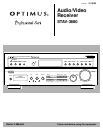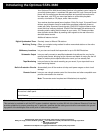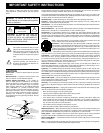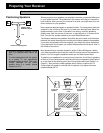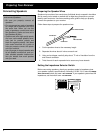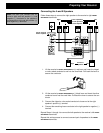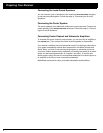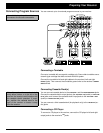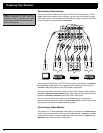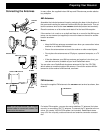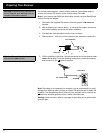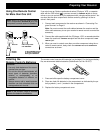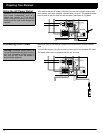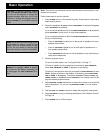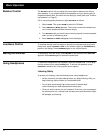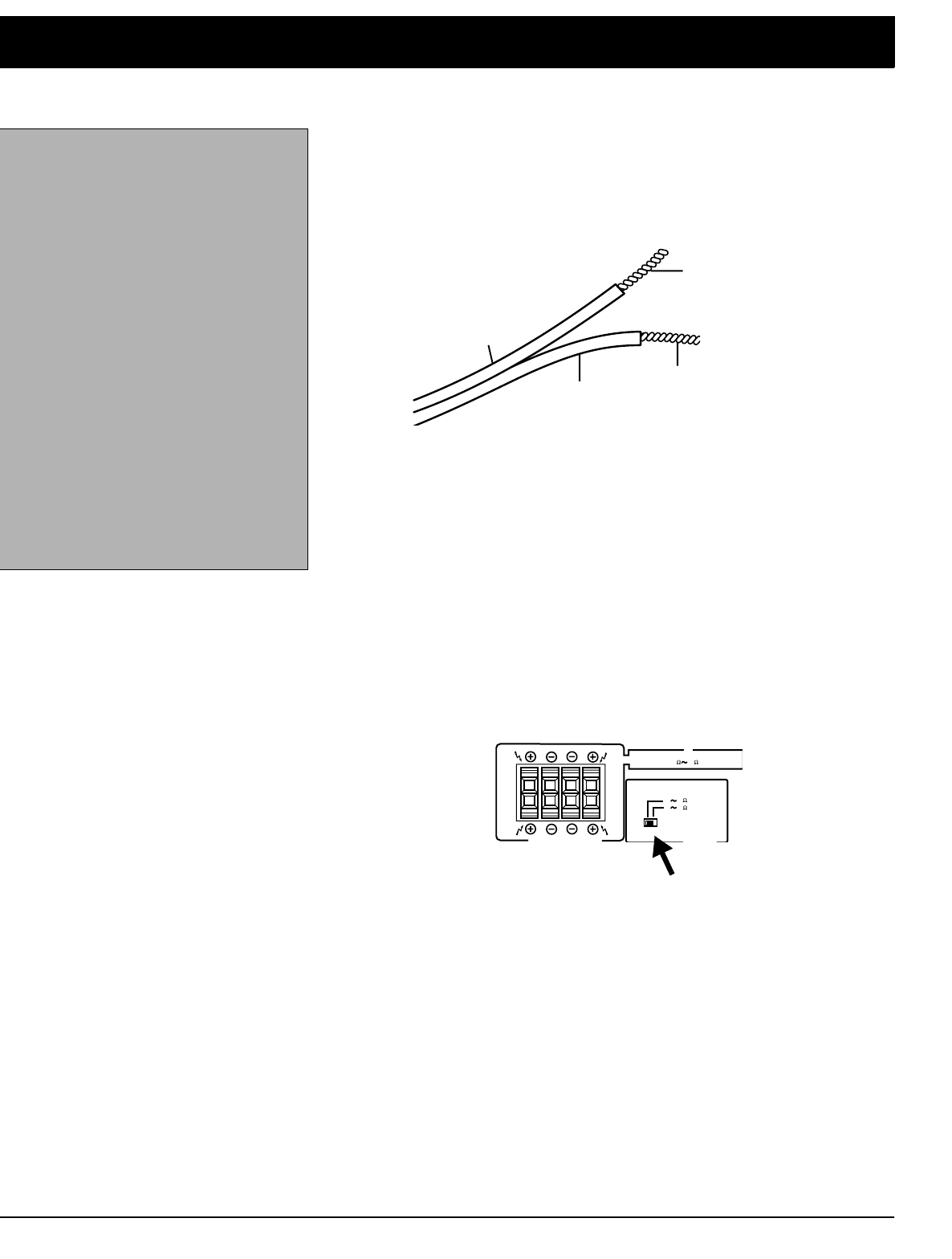
6
Preparing Your Receiver
C
onnecting Speakers
Preparing the Speaker Wires
Speaker wire consists of two conductors (individual wires) encased in insulation
and is usually color-coded or marked with a ridge along one side so you can
identify each conductor. Use these markings as a guide to help you properly
connect the speakers to your receiver.
Follow these steps to prepare the speaker wires.
1. Cut the speaker wires to the necessary length.
2. Separate the wires about 4 inches on each end.
3. Using a wire stripper, carefully strip about
3
/
4
inch of insulation from the
end of each conductor.
4. Twist the end of each exposed wire to secure any loose strands.
Setting the Impedance Selector Switch
Before connecting speakers, check your speaker system’s impedance (see
your speaker system’s specifications). Normally it is 8W. If it is, leave the
IMPED-
ANCE
SELECTOR
switch set to
8
W~
16
W
/ SPEAKER
. If your speaker system has 6W
impedance, set the switch to
6
Ω
~16
Ω
/SPEAKER
.
Follow these guidelines when you select
and connect speakers.
• Be sure you properly connect all
speakers.
• Do not connect two pairs of speakers
to a single set of terminals (A or B) at
the same time. When you use two
pairs of speakers, connect one set to
the Speakers A jacks and one set to
the Speakers B jacks.
• Optimus and other high-quality speak-
ers have color-coded speaker termi-
nals (red for positive polarity and
black for negative polarity). Use these
color-coded terminals as a guide to
help you properly connect the speak-
ers to the receiver.
• Use 16-gauge (or larger) speaker wire
for all speaker connections, and con-
sider possible speaker locations be-
fore you decide how much speaker
wire you need.
A
B
A
B
R
L
R L
FRONT SPEAKERS
CAUTION: SEE INSTRUCT MANUAL
6 16
8 16
/SPEAKER
/SPEAKER
CAUTION:
SPEAKER IMPEADANCE
816
/SPEAKER
IMPEDANCE
SELECTOR
Wire Strands
Wire Strands
Conductor
Conductor



